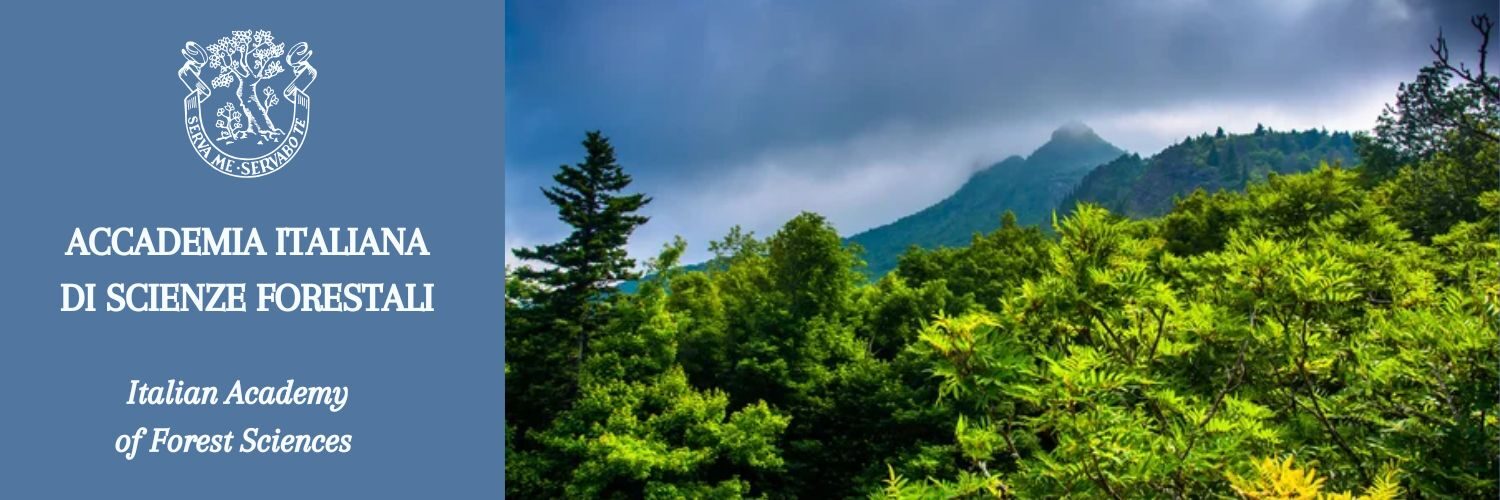doi 10.4129/2cis-dp-stru
Citazione/Citation
Paffetti D., Fiorentini S., Vettori C., Bottalico F., Buonamici A., Maltoni A., Nocentini S., Giannini R., Travaglini D., 2015 – La struttura spaziale della diversità genetica può essere utilizzata come indicatore di vetustà in boschi di faggio? Prime esperienze in centro Italia. In: Atti del II Congresso Internazionale di Selvicoltura. Progettare il futuro per il settore forestale, Firenze, 26-29 novembre 2014. Firenze: Accademia Italiana di Scienze Forestali. Vol. 1, p. 47-54. ISBN 978-88-87553-21-5. http://dx.doi.org/10.4129/2cis-dp-stru
Titolo: La struttura spaziale della diversità genetica può essere utilizzata come indicatore di vetustà in boschi di faggio? Prime esperienze in centro Italia
Title: Can spatially explicit genetic structure be used as an indicator of old-growthness in beech dominated stands? First experiences from central Italy
Riassunto: La variabilità genetica è un fattore determinante a lungo termine di adattamento e plasticità della popolazione. Ciò è essenziale per la sopravvivenza di tutte le popolazioni, ma è ancora più importante per i popolamenti forestali. La gestione forestale è una delle attività antropiche che può alterare le caratteristiche strutturali e la variabilità genetica delle foreste. Le foreste vetuste sono ecosistemi che si sono sviluppati per molti anni in assenza disturbi umani; sono di solito percepite come sistemi biologici complessi, composti da alberi secolari di grandi dimensioni e da materiale legnoso in decomposizione che costituiscono habitat importanti per molte specie animali e vegetali. In Italia, dove la pressione antropica sulle foreste ha una storia molto antica, le foreste con caratteristiche potenzialmente vetuste sono rare e sono state osservate in alcune aree remote delle Alpi e degli Appennini. La maggior parte degli studi sui popolamenti vetusti si sono concentrati sull’identificazione di quali attributi strutturali siano più strettamente correlati alla vetustà (ad esempio il numero di grandi alberi viventi e la quantità di legno morto), mentre poco si sa sulla struttura genetica spaziale dei boschi non gestiti da molto tempo. L’obiettivo di questo studio è stato quello di verificare se la struttura spaziale della diversità genetica può essere utilizzata come indicatore genetico di vetustà.
Summary: Genetic variability is a long term determinant of population adaptation and plasticity. It is particularly important and essential for the survival of all populations, but it is even more critical for forest stands. Forest management is one of the human activities that can alter both structural characteristics and genetic variability of forests. Old-growth forests are ecosystems which have developed without human disturbances for many years; they are usually perceived as complex natural systems composed of old trees and decaying woody materials which are important habitat for many species. In Italy, human pressure on forests has a very long history and today there are no true primary forests in the Italian peninsula. However, in some remote areas of the Alps and Apennines, there are forests which have been left to natural evolution for many years and have developed potential old-growth features. Most studies on stand structure focus on identifying which structural attributes appear to be more strongly related to old-growthness (e.g. number of large living trees, amount of deadwood), while little is known on spatial genetic structure in unmanaged forests. The aim of this study was to test whether the spatial structure of genetic diversity can be used as an indicator of old-growthness for beech dominated stands.
Parole chiave: struttura spaziale genetica, landscape genetics, boschi vetusti, Fagus sylvatica L.
Keywords: spatial genetic structure, landscape genetics, old-growth forest, Fagus sylvatica L.
